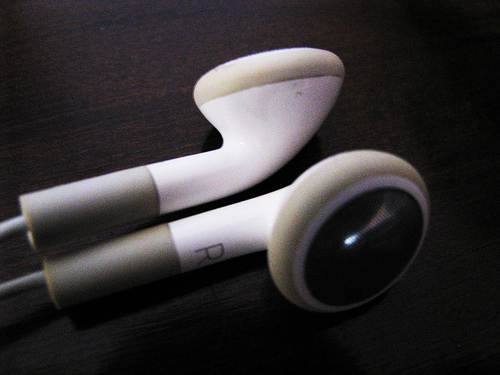Podcasting is a great way to connect with your audience. Some people to prefer to listen to content rather than read it.
A nice bonus is that people can listen to audio while doing something else, like driving or working out. Videos demand full attention, which makes it harder to multitask.
Lately I’ve been researching how to do podcasting, because I’m planning to launch my own travel podcast. To help others out, I’m sharing some of the best resources I’ve found so far.
Podcasting Tutorials
Learn How to Podcast 101 – An excellent series of free tutorial videos by Cliff Ravenscraft at Podcast Answer Man. You get a comprehensive overview of the whole podcasting process.
The Audacity to Podcast – It’s about podcasting and how to use Audacity, a free audio editing program. Run by Daniel J. Lewis, a prominent podcaster.
Podcasting Guide: How to do a killer podcast from your blog – If you prefer to read instructions, instead of videos and podcasts. A nice guide by Blog Tyrant, a professional blogger.
Podcasting Software
Audacity – A free audio editing program. One downside is that it doesn’t save files into MP3 format. You have to download and install the LAME MP3 encoder.
Adobe Audition – A high-end audio program used by studio professionals. The biggest selling point is that it can do everything you need. If you’re sticking to free software, you have to string a bunch of programs together.
Levelator – An awesome free program that automatically processes your audio tracks and adjusts the levels. It’s like having a professional sound engineer in your computer to fine-tune your podcasts.
iTunes – More than a podcasting directory, I use it to compress and convert my audio files into high-quality MP3 files. The LAME MP3 encoder isn’t as good for converting files into constant bitrate (CBR) MP3 files. CBR has the widest compatibility for playback on MP3 players.
Podcast Microphones
A good microphone is essential. The Blue Yeti and Audio Technica AT2020 USB mic are nice options. Both are very popular on Amazon and go for about $100.
I chose the Editors Keys SL150 microphone. There were impressive videos on YouTube that showed off the microphone’s great audio quality. Here are some of them:
Editors Keys SL150 mic review by MKBHD
USB Microphone SL150 – Ebony Day – Just A Kiss – Lady Antebellum Cover
Other Podcast Equipment
Nady MPF-6 pop filter – A pop filter is a circle of fabric you put in front of your microphone. This prevents the popping noise you make when you say words that start with “p” and “b.” Also cuts out your breathing and other random mouth noises.
On Stage DS7200B Adjustable Desk Microphone Stand – A total necessity, so you don’t have to hold your microphone in your hand while you’re speaking. I like that it’s adjustable, so you can raise or lower the mic depending on your situation. That gives you more flexibility.
Shock mount – This is a cradle that holds your mic and screws onto the mic stand. It prevents any noise if you bump into your mic or desk while talking. Also called a “spider mount,” due to the web of rubber bands that absorb any vibration. Some mics like the Editors Keys SL150 come with a shock mount. For other microphones, they’re sold separately. Usually audio companies make mics and shock mounts, so buy your shock mount from the same company you get your mic from.
Photo: iPod earphones. Liam Dunn / Flickr

Hi Marcus,
I love this simple website that you put up, it’s not distracting.
Thanks for this great information. Best of luck in your business
and podcasting.
Aloha, Janin